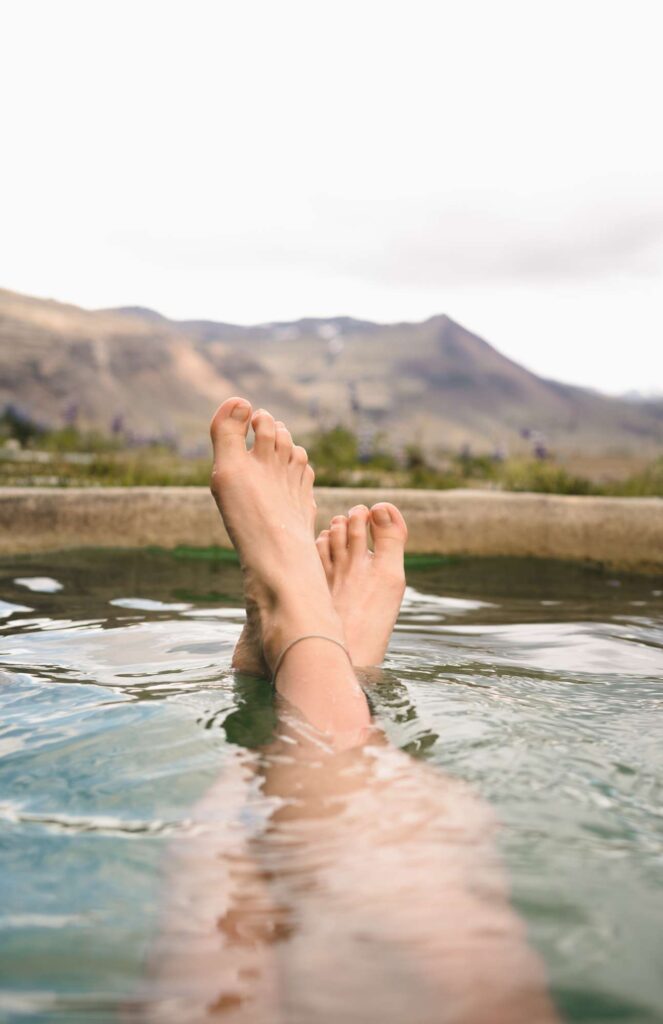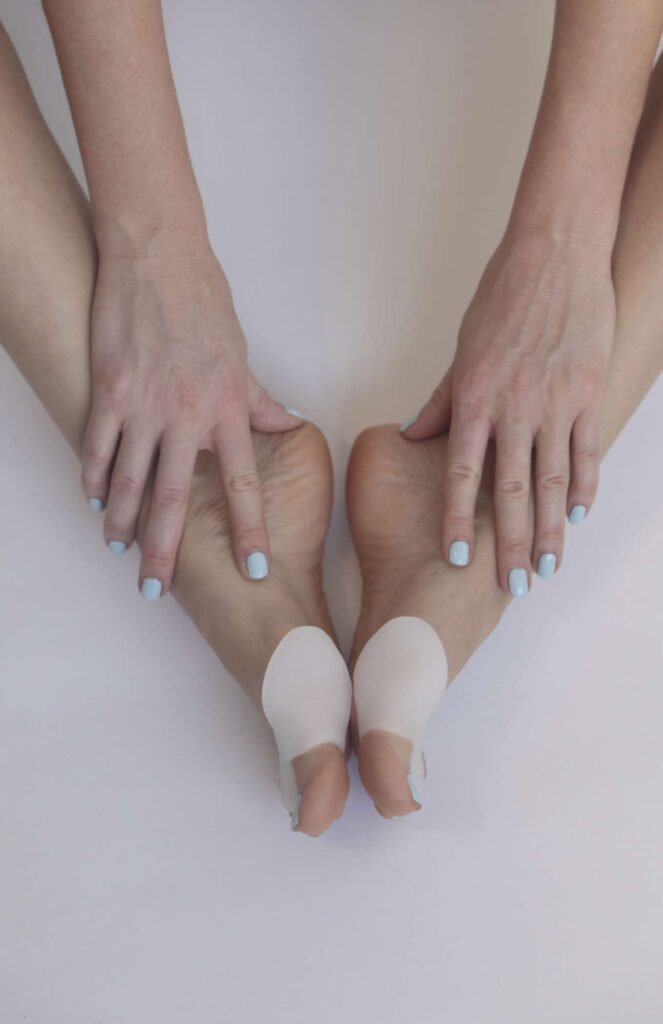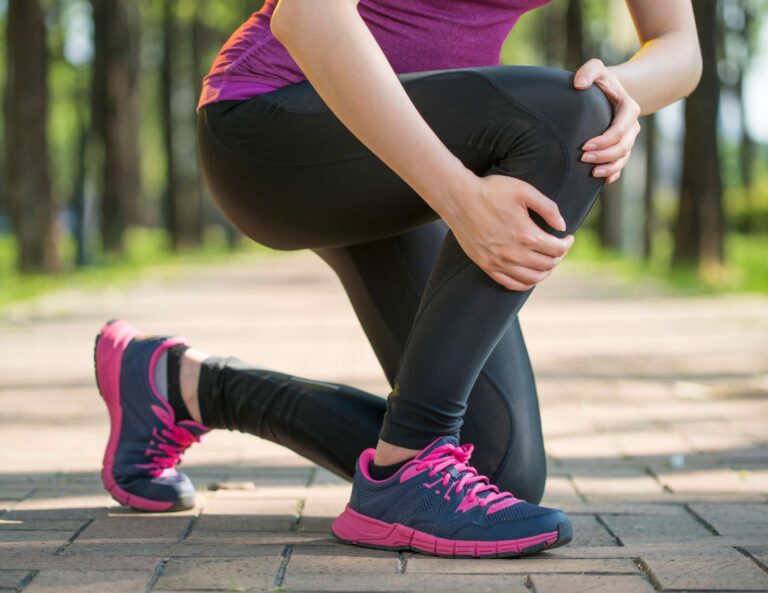The Best Natural Home Remedies for Bunions on Feet
As someone who has dealt with bunions on my feet, I understand the pain and discomfort they can cause. Bunions can make it difficult to walk, exercise, and even wear certain shoes. However, there is hope. In this article, I will share with you some effective home remedies for bunions on feet that can help alleviate pain, reduce inflammation, and improve your overall quality of life.
Table of Contents
What are bunions and what causes them?
Bunions are bony bumps that develop on the joint at the base of the big toe. They occur when the big toe pushes against the next (second) toe, causing the big toe joint to stick out and become misaligned. This misalignment can be caused by several factors, including:
- Genetics: Some people are more prone to developing bunions due to inherited foot structure and mechanics such as flat feet.
- Footwear: Wearing tight, narrow or ill-fitting shoes or high heels can force the toes into unnatural positions and contribute to the development of bunions.
- Foot injuries: Trauma to the foot, such as fractures or sprains, can lead to the formation of bunions.
- Arthritis: Certain types of arthritis, such as rheumatoid arthritis, can increase the risk of developing bunions.
- Pregnancy related foot changes: With the weight gain and hormonal changes, many women experience heel pain during pregnancy and foot pain after pregnancy.

Symptoms of bunions on feet
Bunions can cause a variety of symptoms, including:
- Pain: The most common symptom of a bunion is pain at the base of your big toe. This pain can be dull, achy, or sharp and may worsen with activity or when wearing tight shoes.
- Swelling: The joint at the base of the big toe may become swollen and red. It will feel like a bony bump.
- Difficulty walking: Bunions can make it difficult to walk properly, causing a change in your gait and potentially leading to other foot problems.
- Corns and calluses: The misalignment of the big toe can cause excessive pressure and friction, resulting in the formation of corns and calluses on the affected area.
The importance of early intervention for bunions
If you suspect you have a bunion, it is important to seek early intervention for the best bunion treatment options. Ignoring the problem can lead to the bunion getting worse over time and potentially requiring surgical intervention.
By taking action early and incorporating some of these home remedies for bunions on feet, you can prevent further progression of the bunion and manage the symptoms more effectively.
One of the first steps for bunion relief you can take is to wear proper footwear with plenty of room. Avoid narrow shoes or shoes that are too tight, as they can exacerbate the problem. Opt for shoes with a wide toe box and good arch support.
Additionally, using padding or shoe inserts can help relieve pressure on the bunion and provide cushioning.
Common treatments for bunions
In more severe cases, medical interventions may be necessary. These can include:
- Medications: Nonsteroidal anti-inflammatory drugs (NSAIDs) can help reduce pain and inflammation associated with bunions. Sometimes cortisone injections can help calm inflammation down in the joint.
- Physical therapy: A physical therapist can provide exercises and stretches to improve joint mobility and strengthen the muscles around the affected area.
- Orthotics: Custom orthotics can help correct foot mechanics and relieve pressure on the bunion.
- Surgery: In severe cases where home remedies for bunions on feet and conservative treatments have failed, bunion surgery may be recommended to realign the bones and joints in the foot. A podiatrist (foot doctor) would need to determine if that would be the best option.

Introduction to home remedies for bunions on feet
While medical interventions can be effective, there are also several at-home treatments that can help alleviate bunion pain and discomfort. These home remedies for bunions on feet can be used in conjunction with medical treatments or as a standalone approach for mild cases of bunions.
Natural remedies to relieve bunion pain and inflammation
- Ice therapy: Applying ice to the affected area can help reduce pain and inflammation. Wrap an ice pack in a towel and apply it to the bunion for 15-20 minutes several times a day.
- Epsom salt soak: Soaking your feet in warm water with Epsom salt can help alleviate pain and reduce swelling. Add half a cup of Epsom salt to a basin of warm water and soak your feet for 15-20 minutes.
- Arnica gel: Topical application of arnica gel can provide temporary relief from bunion pain. Apply a small amount of arnica gel to the bunion and gently massage it into the skin.
Exercises and stretches for bunions
Regular exercise and stretching can help improve joint mobility, strengthen the muscles around the affected area, and alleviate bunion pain. Here are some exercises and stretches you can incorporate into your daily routine:
- Toe stretches: Sit on a chair and place a towel on the floor in front of you. Use your toes to scrunch up the towel and then release. Repeat this exercise for 10-15 repetitions.
- Calf stretches: Stand facing a wall and place your hands on the wall for support. Step one foot back and keep it straight. Bend your front knee and lean forward, feeling a stretch in your calf. Hold for 30 seconds and then switch sides.
- Big toe exercises: Sit on a chair and place a rubber band around both big toes. Spread your toes apart against the resistance of the rubber band and hold for a few seconds. Repeat this exercise for 10-15 repetitions.

Lifestyle changes to prevent and manage bunions
In addition to these home remedies for bunions on feet and exercises, making certain lifestyle changes can help prevent and manage bunions:
- Maintain a healthy weight: Excess weight can put additional pressure on the feet, increasing the risk of developing bunions. Aim to maintain a healthy weight through a balanced diet and regular exercise.
- Wear supportive footwear: Choose comfortable shoes that provide adequate arch support, cushioning, and a wide toe box. Avoid high heels and shoes with narrow toe boxes that can squeeze the toes together.
- Avoid activities that worsen symptoms: If certain activities or exercises exacerbate your bunion pain, modify or avoid them to prevent further irritation.
Proper footwear for bunions
Choosing the right footwear is crucial for managing bunions. Here are some tips for selecting shoes that are bunion-friendly:
- Wide toe box: Look for shoes with a wide toe box that allow your toes enough room to move freely without being cramped.
- Low or flat heels: Opt for shoes with a low heel to reduce pressure on the bunion.
- Arch support: Choose shoes with good arch support to help distribute weight evenly and reduce strain on the bunion.
- Wearing bunion splints, bunion pads, bunion correctors or toe spacers while also wearing proper footwear can help with pain relief.
When to seek medical help for bunions
While home remedies for bunions on feet and lifestyle changes can provide relief for mild to moderate bunions, there are instances when medical help is necessary. It is recommended to seek medical attention for bunions if you experience:
- Severe pain: If your bunion pain becomes severe and is affecting your daily activities, it may be time to consult a healthcare professional.
- Difficulty walking: If your bunion is making it difficult to walk or causing a noticeable change in your gait, it is important to seek medical advice.
- Increasing deformity: If your bunion is progressively getting larger, more misaligned, or causing other foot problems, a medical evaluation may be necessary.

Conclusion: Taking control of your bunion pain with home remedies
Bunions can be a source of pain and discomfort, but there are effective home remedies for bunions on feet that can help alleviate symptoms and improve your quality of life.
By incorporating natural remedies, exercises, lifestyle changes, and proper footwear into your daily routine, you can take control of your bunion pain and prevent further progression of the condition.
Remember, early intervention is key, so don’t hesitate to seek medical help if needed. Say goodbye to bunions and hello to pain-free feet!






